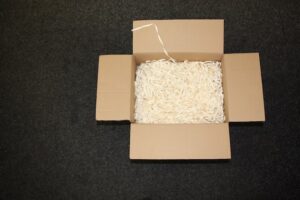Our elastomer tapes are free of latex allergens and have superior stretch and recovery, and are skin safe making them ideal for use in personal protective products.
Available in boxes containing 5,000 meters per box.
Standard width of the tape is 6 mm.

